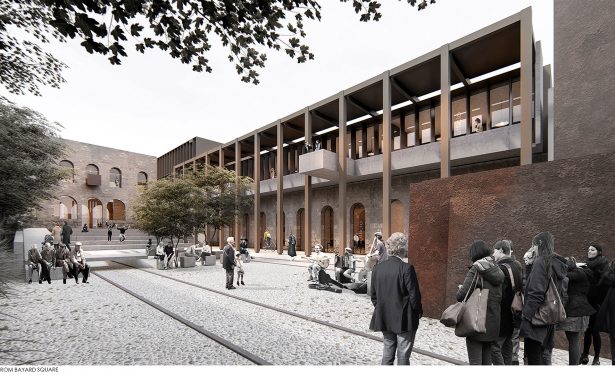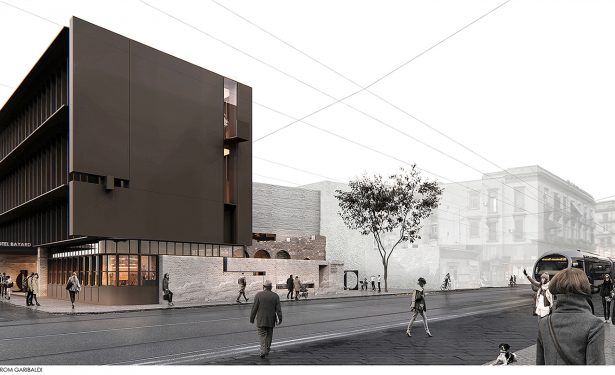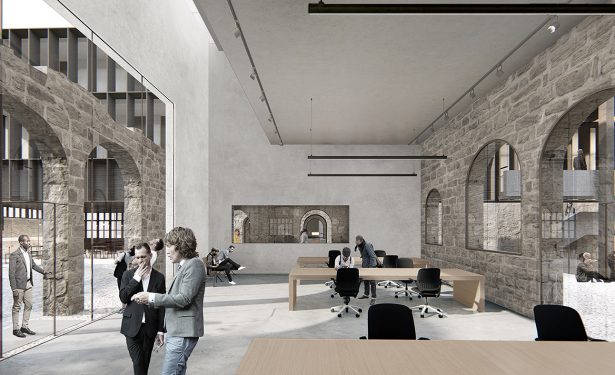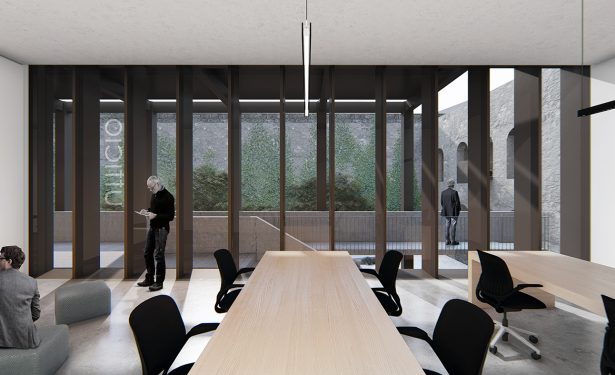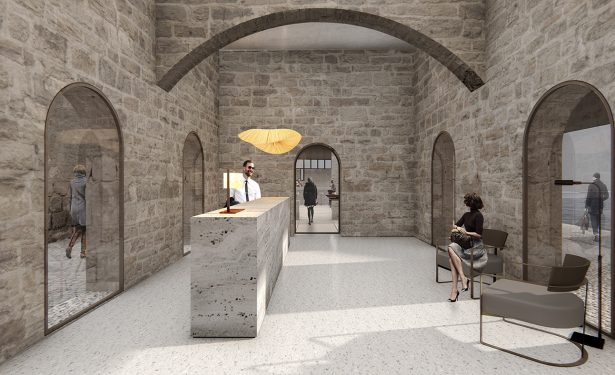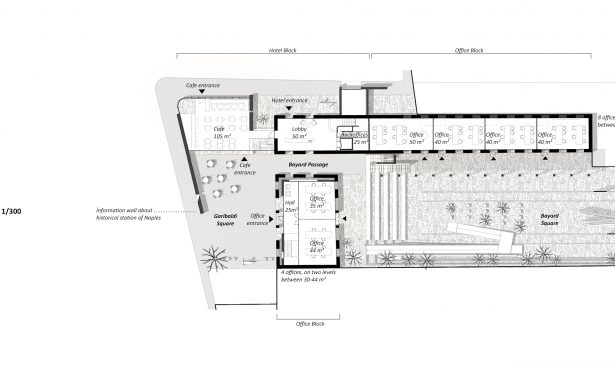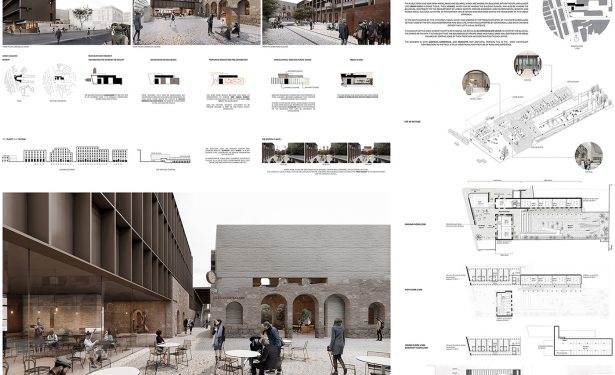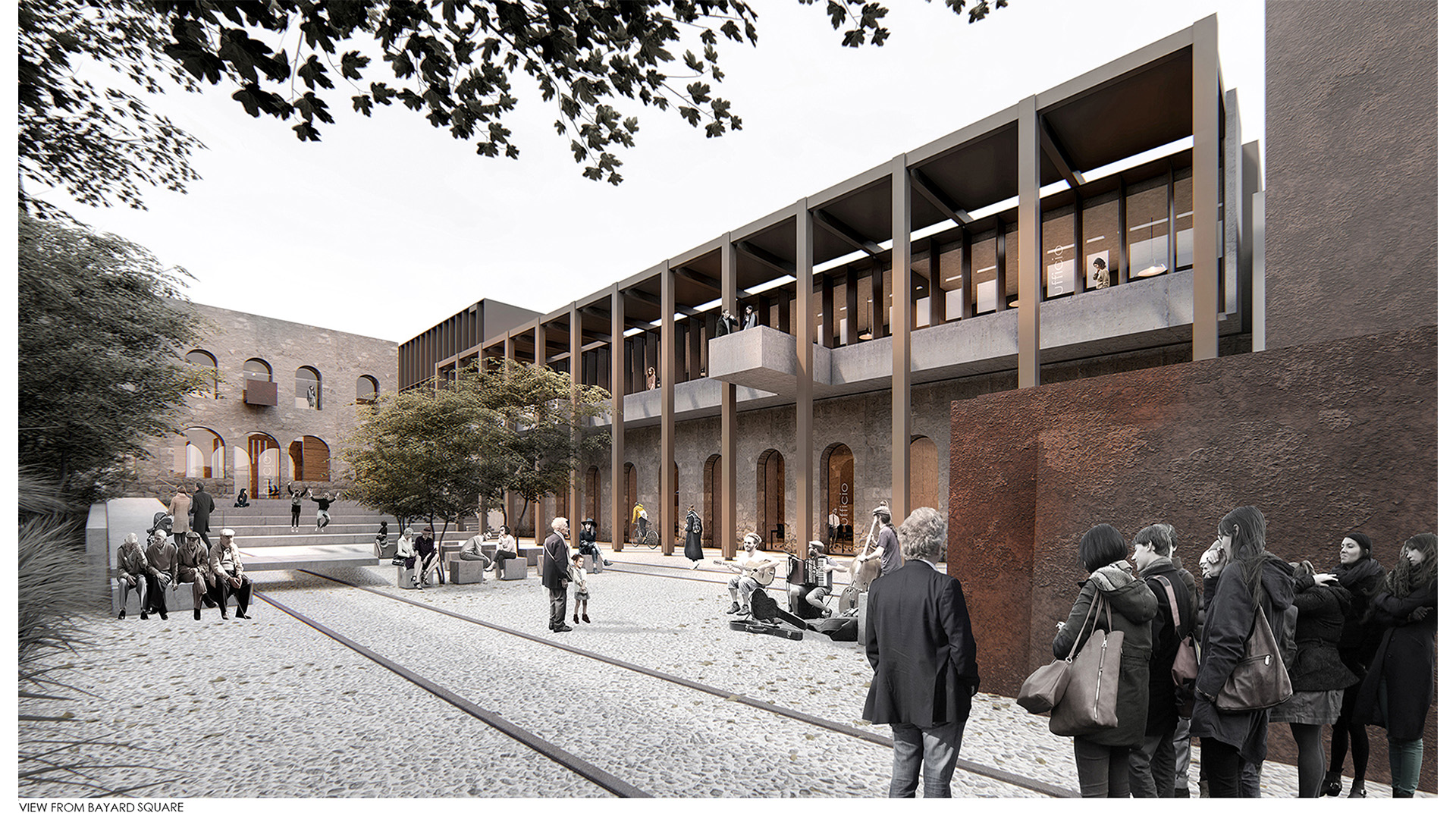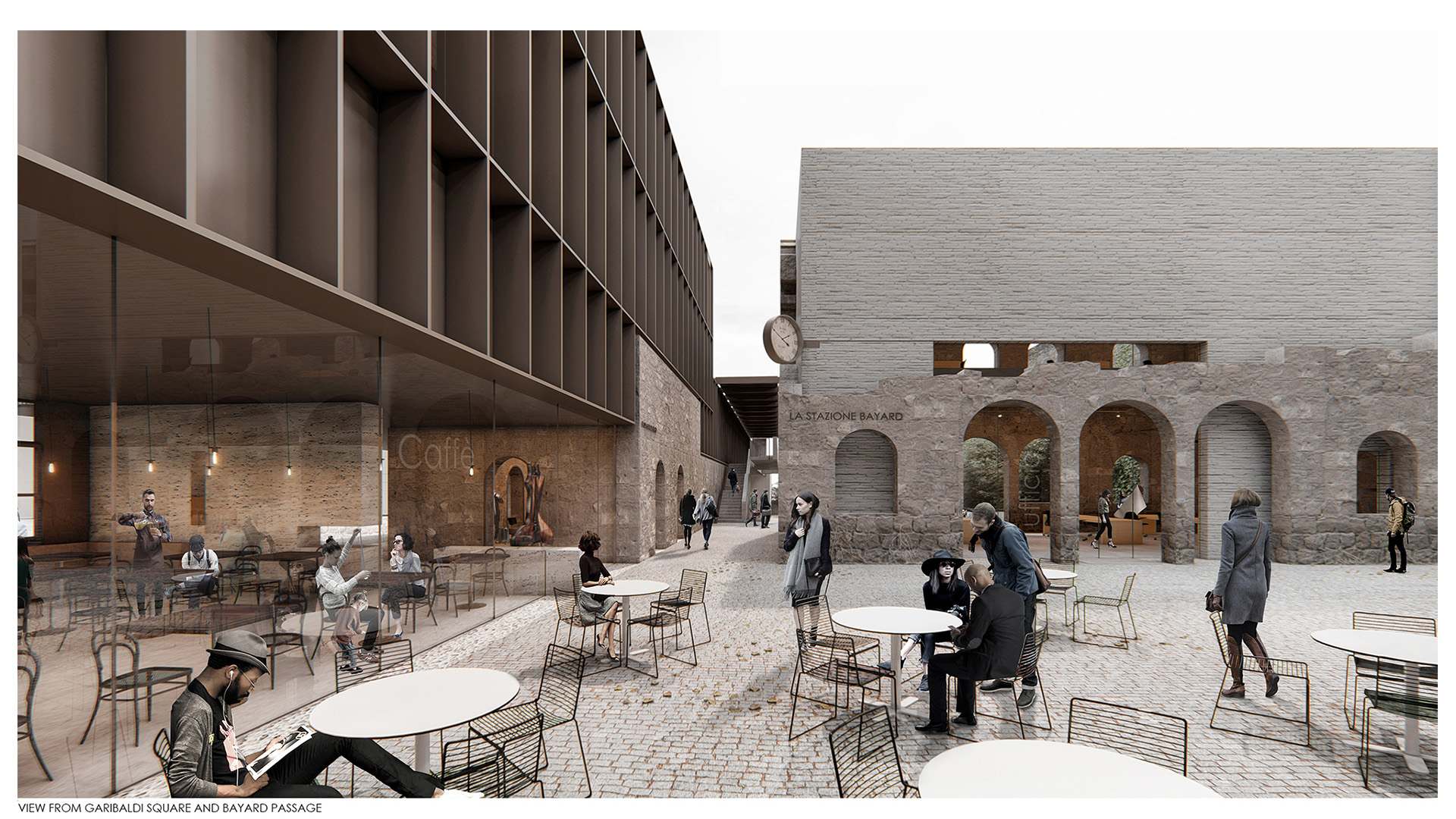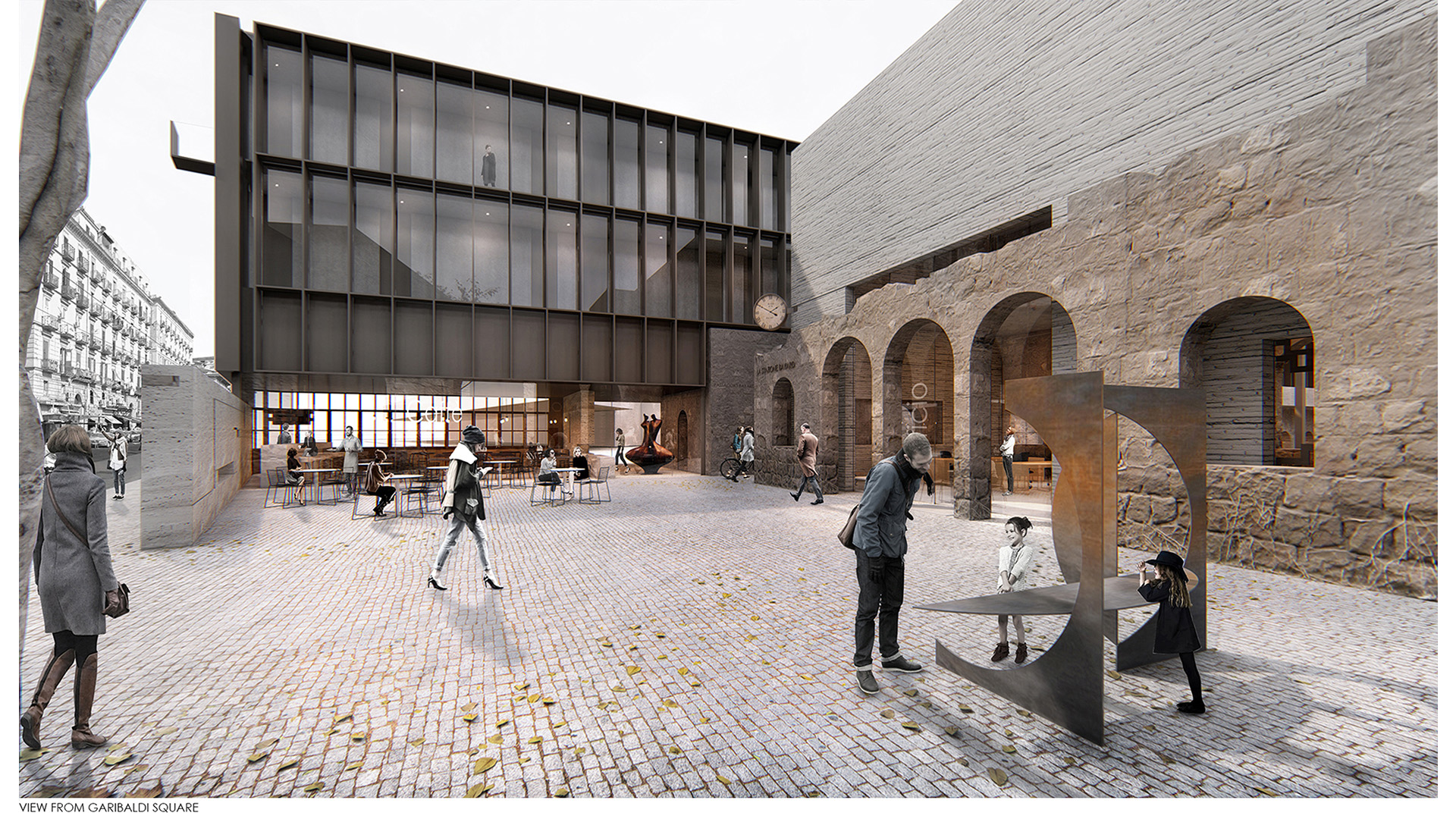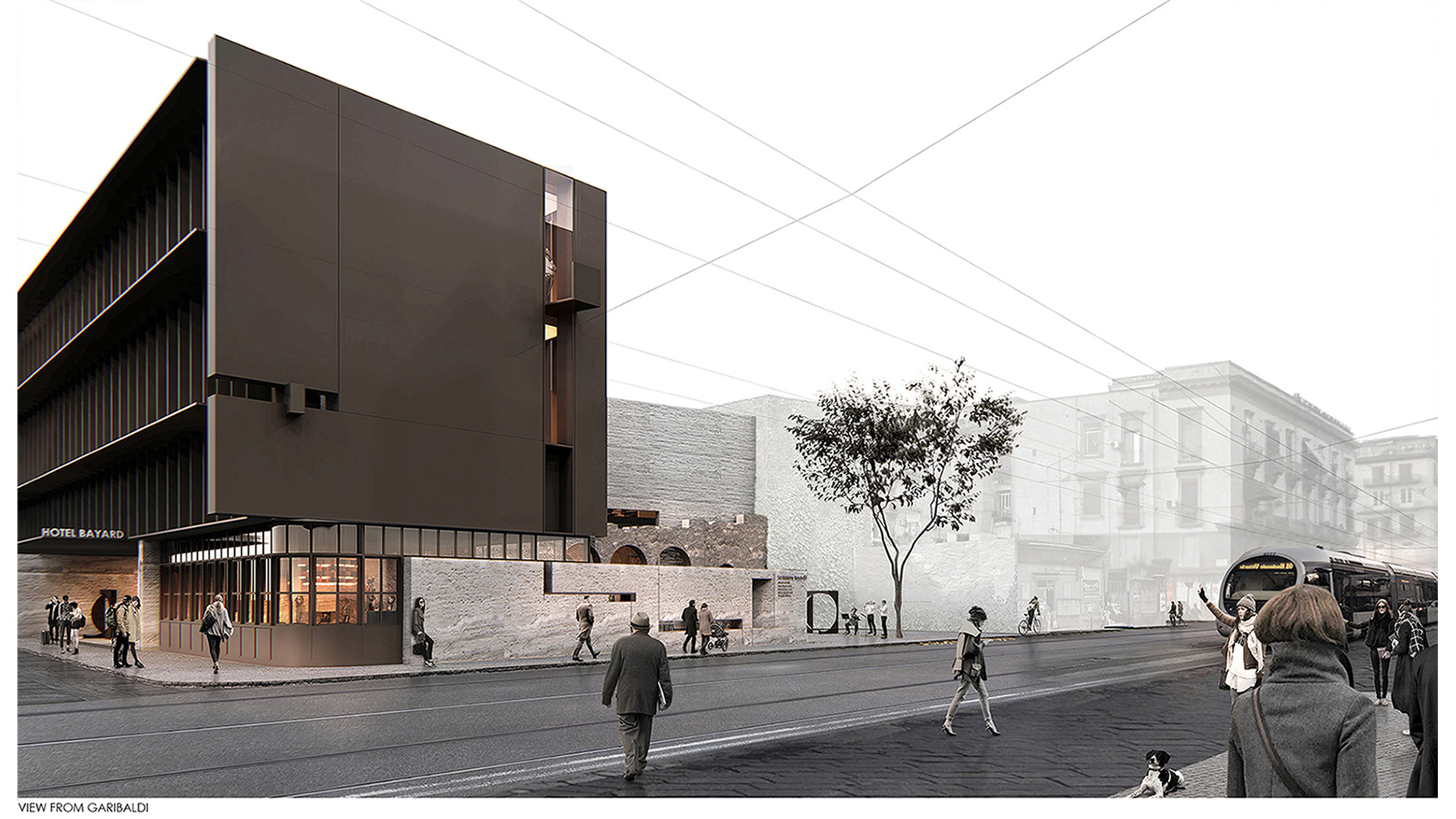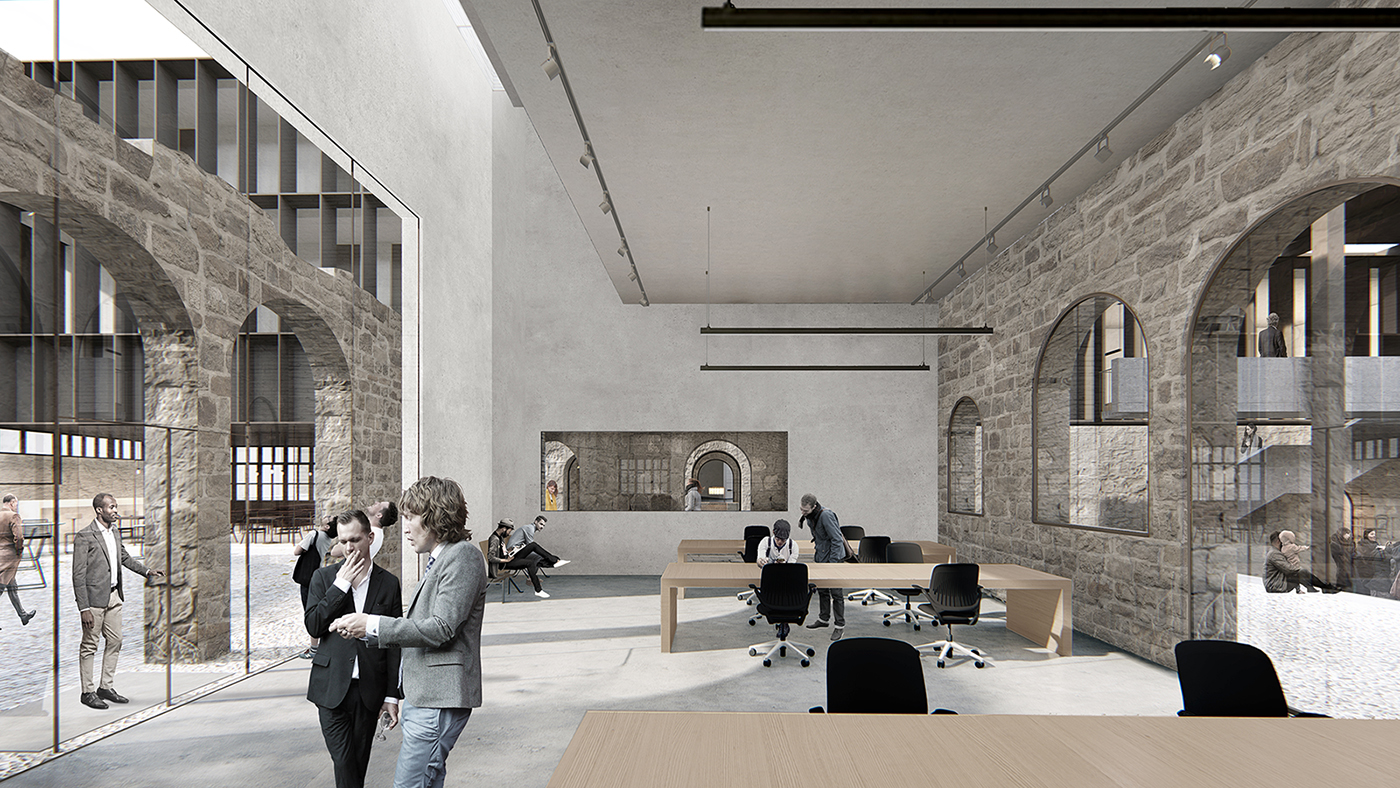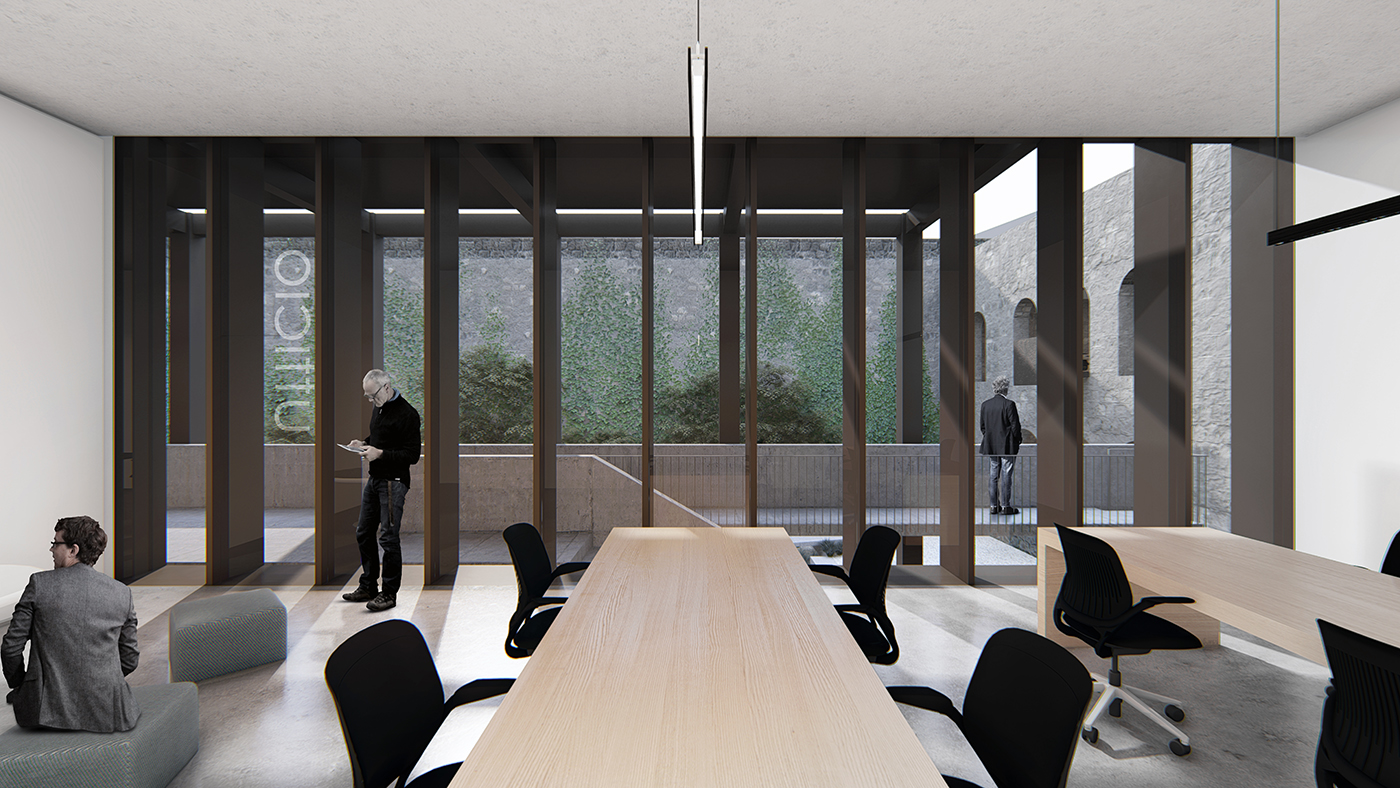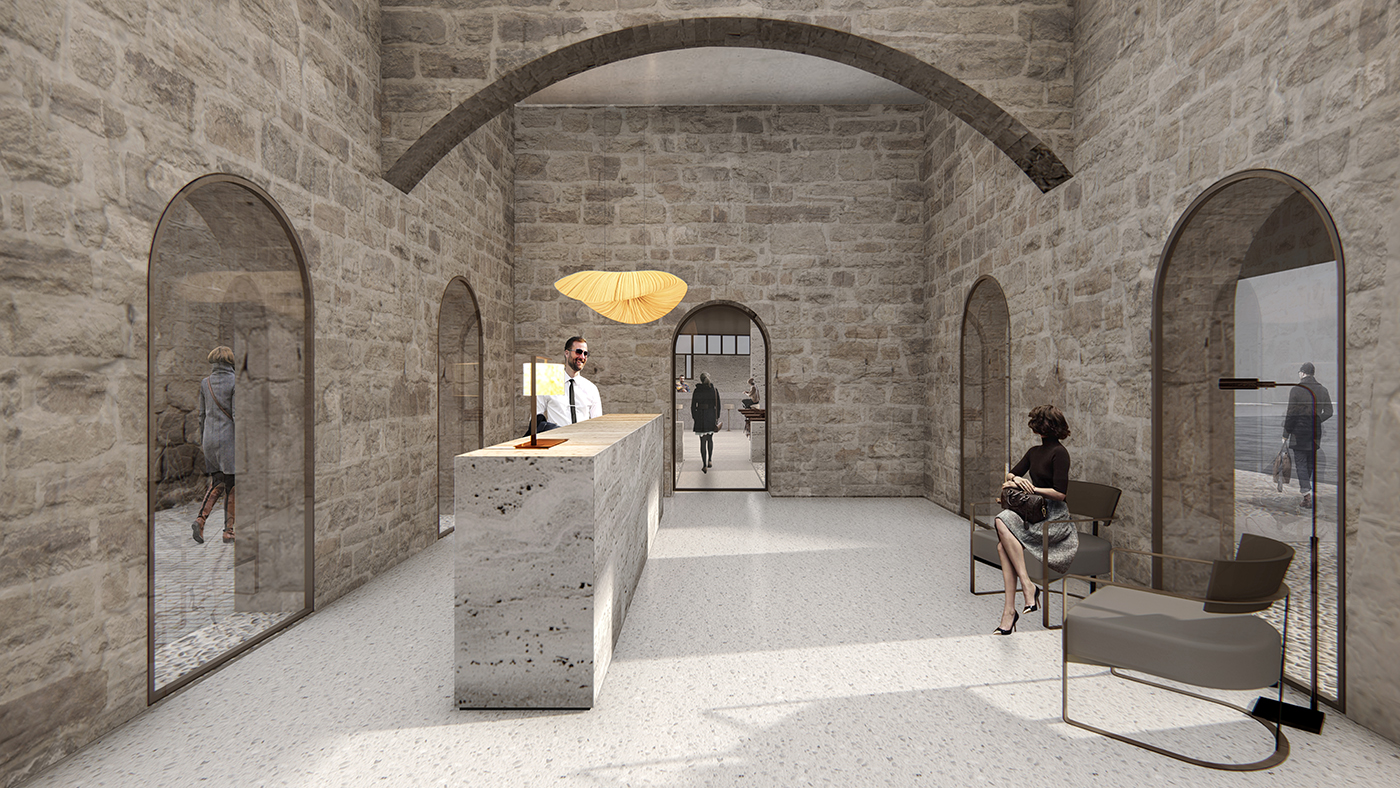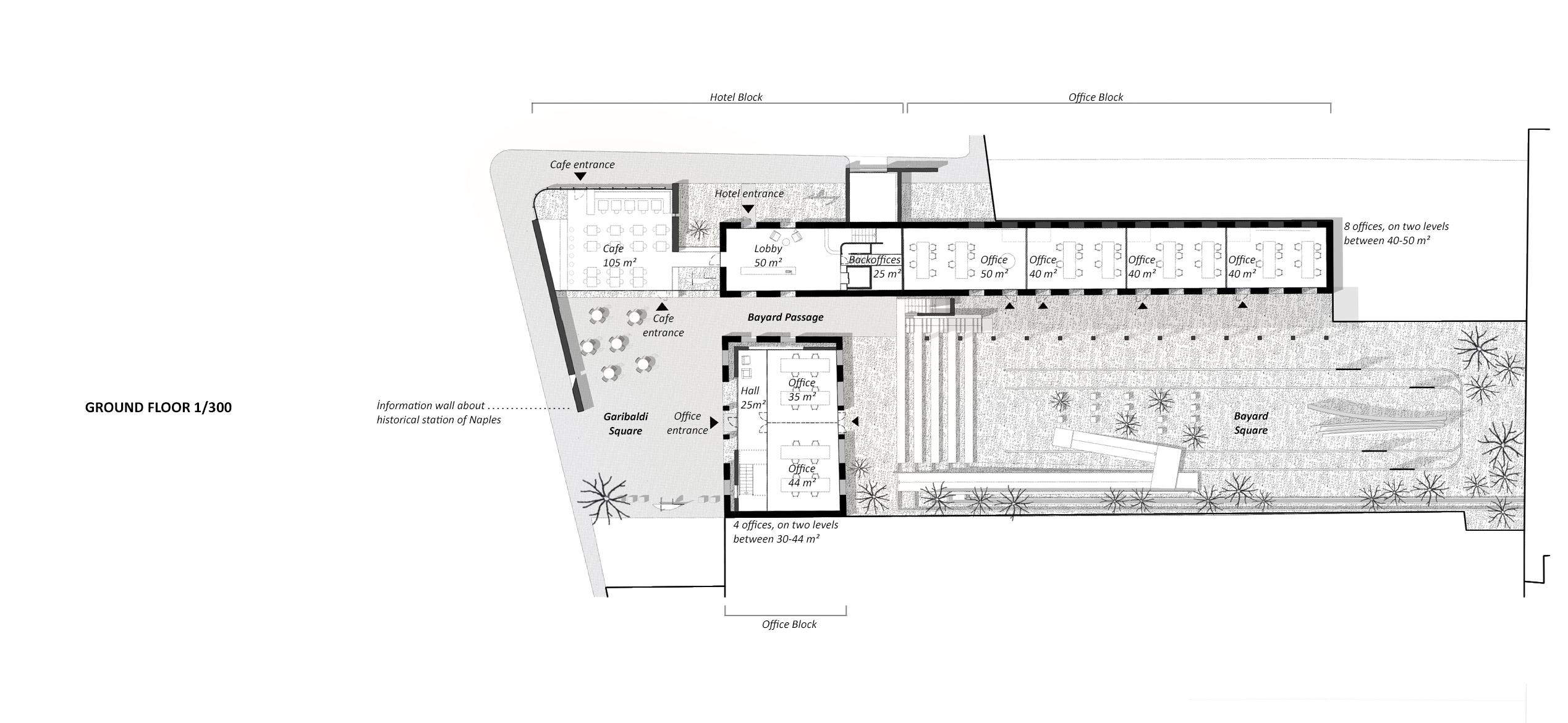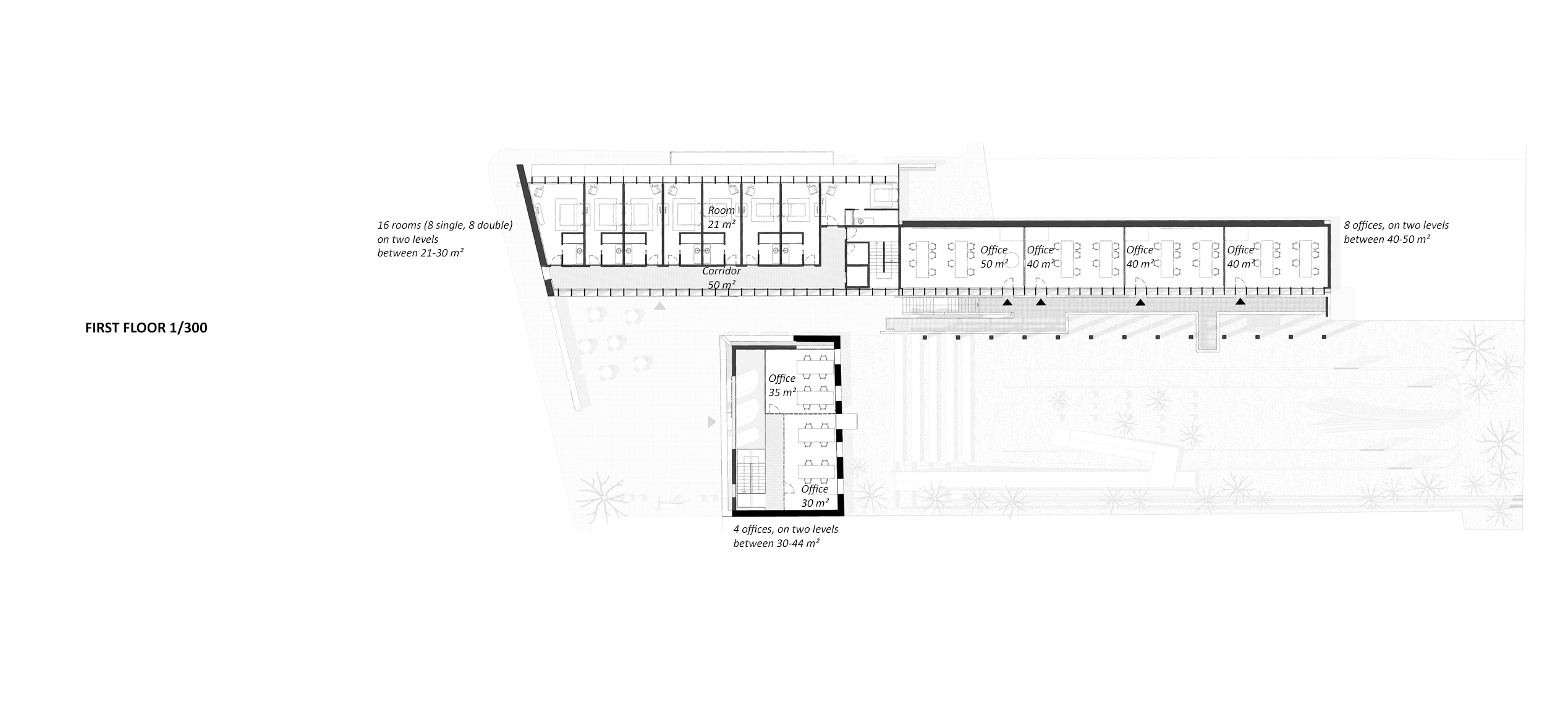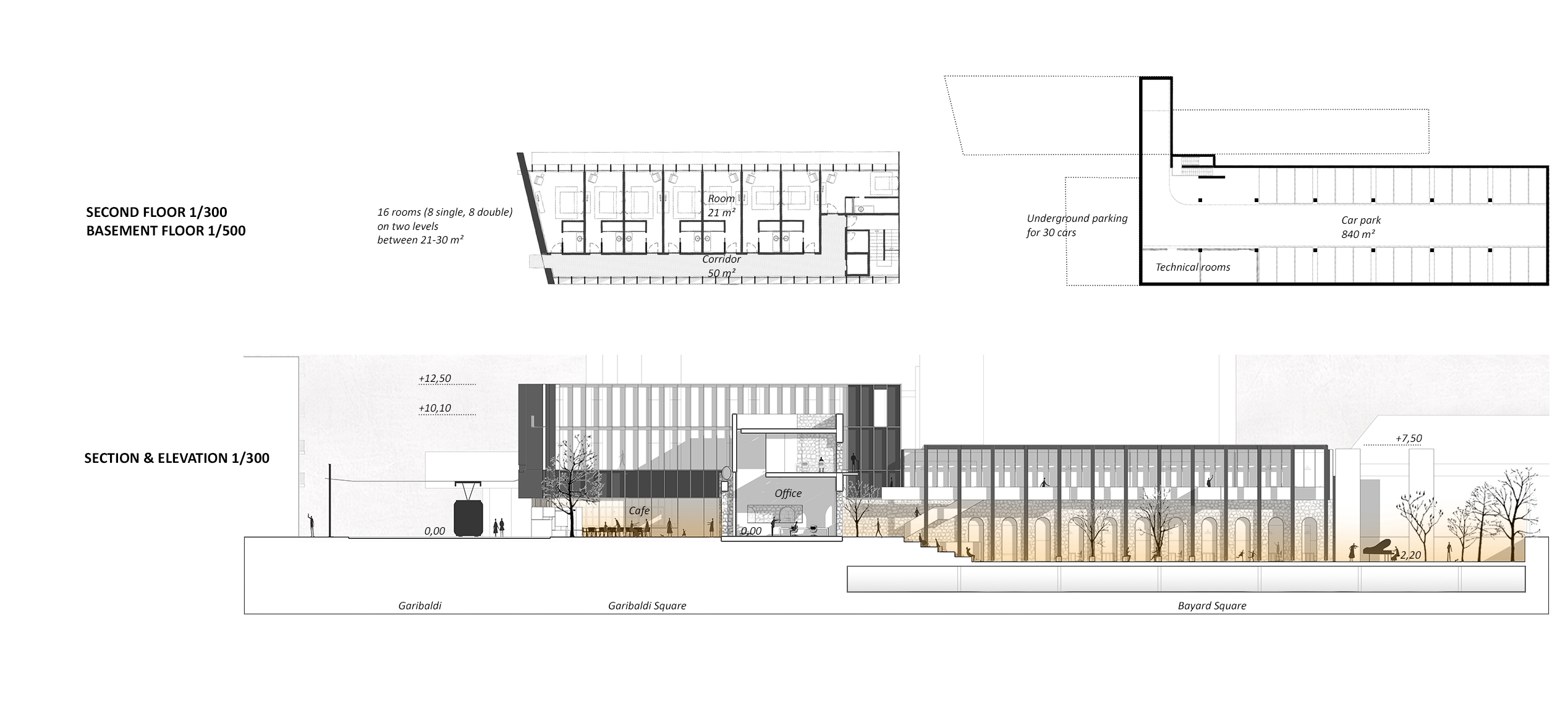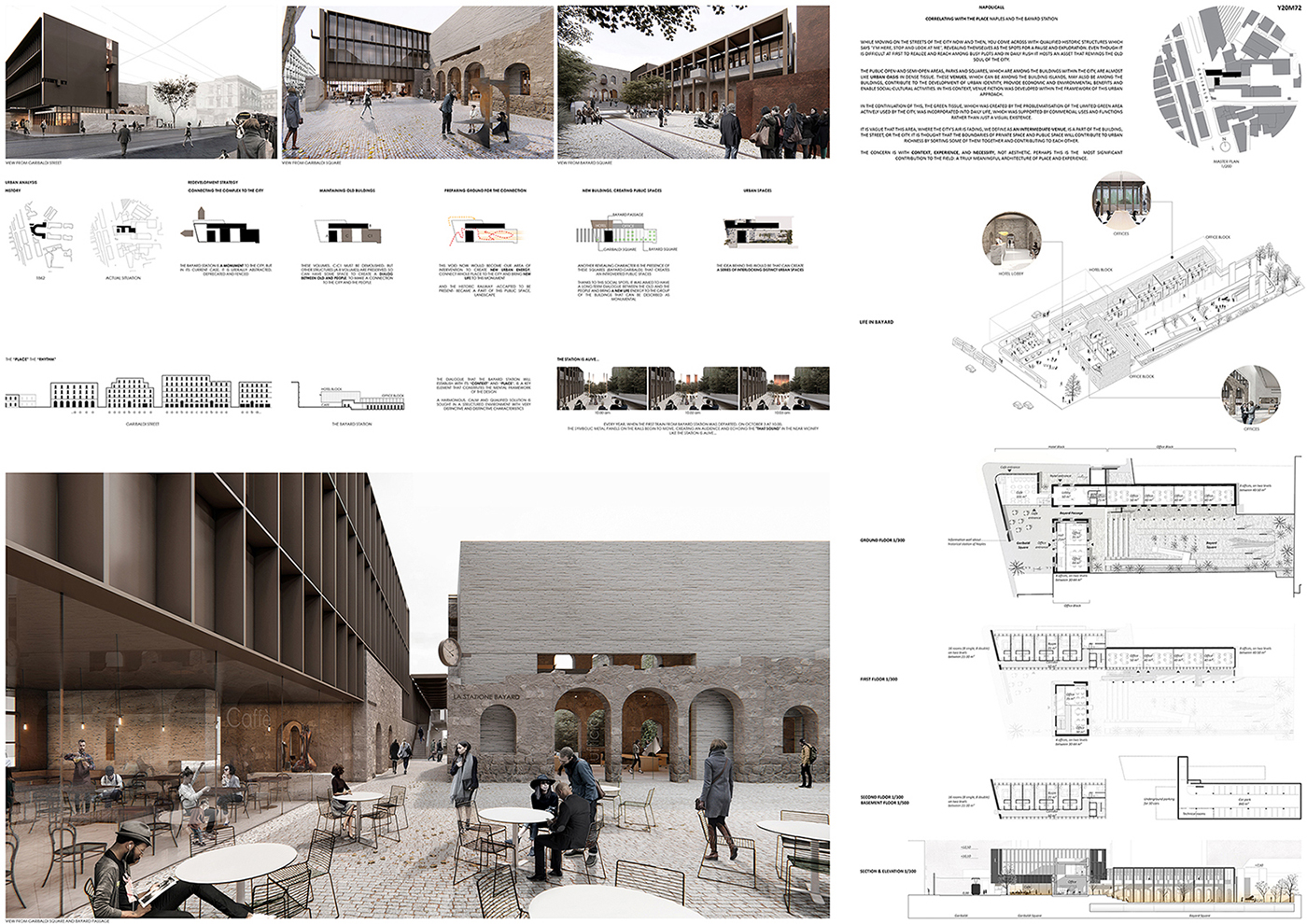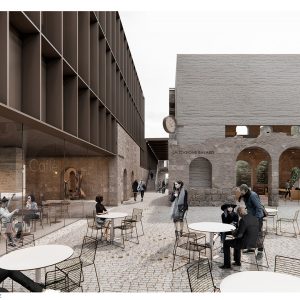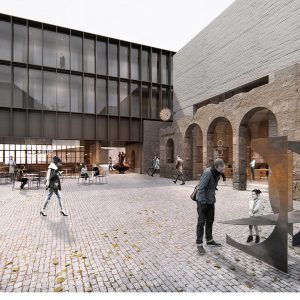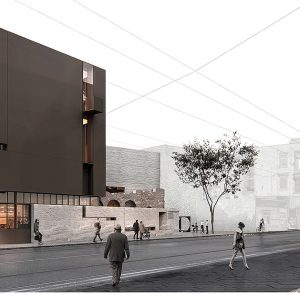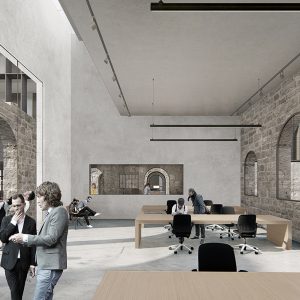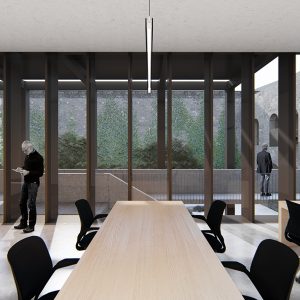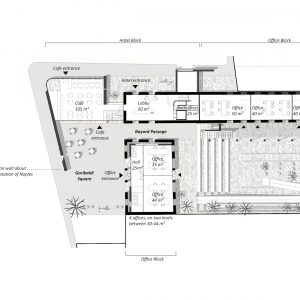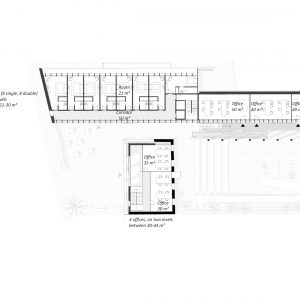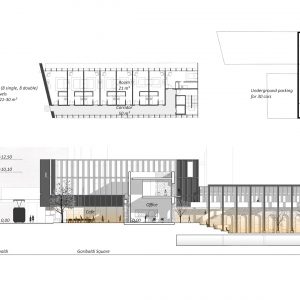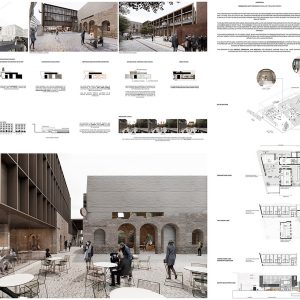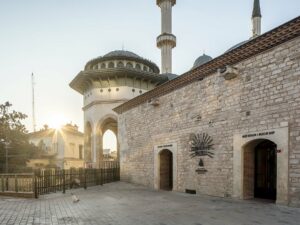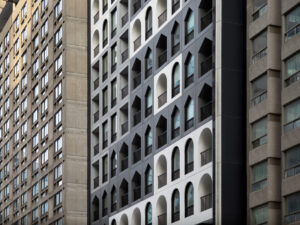- 8 Şubat 2019
- 6567 defa okundu.
2. Ödül, (Yanardağ Mimarlık) İtalya’nın İlk Demiryolu İçin Hizmet Merkezi Proje Yarışması
İnstaura'nın düzenlediği "NapoliCall: New Service Center for the First Italian Railway" fikir yarışması ile, Napoli kentinde bulunan bugün tamamen terk edilmiş durumda olan ilk İtalyan demiryolunun yeniden kullanılması için çözümler araştırılıyor.
Correlating with the place: Naples and the Bayard Station
The Public open and semi-open areas, parks and squares, which are among the buildings within the city, are almost like urban oasis in dense tissue. These venues, which can be among the building islands, may also be among the buildings, contribute to the development of urban identity, provide economic and environmental benefits and enable social-cultural activities. In this context, venue fiction was developed within the framework of this urban approach.
In the continuation of this, the green tissue, which was created by the problematisation of the limited green area actively used by the city, was incorporated into daily life, which was supported by commercial uses and functions rather than just a visual existence.
It is vague that this area, where the city’s air is fading, we define as an intermediate-venue, is a part of the building, the street, or the city. It is thought that the boundaries of private space and public space will contribute to urban richness by sorting some of the together and contributing to each other.
In the 19th century, Italy’s most important and modern city, Naples and the Bayard station, a symbol of this modernity… This group of structure, which has this important history, has also evolved into a structure group that is not used in the historical process, due to the green tissue and other destructions, and the relationship with the city is completely cut and abstracted. Therefore, the dialogue that the Bayard station will establish with “context” and its “location”, is a key element that constitutes the mental framework of the design. A harmonious, calm and qualified solution is sought in a structured environment with very distinctive and distinctive characteristics.
The area in between the Garibaldi Street and the group of buildings and that has the first connection with the city, and as crucial but can be labelled as undefined, has been planned as Garibaldi Square which the city can actively utilize. Thanks to this social spot, it was aimed to have a long-term dialogue between the old and the people and to bring a new life to the group of buildings that can be described as monumental. Another revealing character is the presence of a secondary square (Bayard Square) that creates an introverted public space. Constituted around the old rails -accepted to be present- is an urban intermediate venue indicating how important the physical space description is, occasionally hosting activities, exhibitions and installations. The idea behind this is that can create a series of interlocking distinct urban spaces.
Main structure of Bayard Station (A Volume)… The new formation requested to be regulated in this volume was asked to be specially designed without touching it. Thus, the structure of the building from the inside and outside was intended to sustain its own existence as a living structure.
B Volume, was observed as a single-storey building from past studies of the Bayard station (Pictures of Salvatore Fergola and the old drawings reached). In this context, only the protection of the ground floor was foreseen. The volume of this structure, which overlooks Bayard Square, was assessed as office units and has been directly interacted with the public and green areas. Thus, isolated from the noise of the city, there was a special working area of self-facing but living. The part that extends to Garibaldi Street is functioned as a hotel where it is suitable to be more relevant to the city.
The project concern is with context, experience, and necessity.
